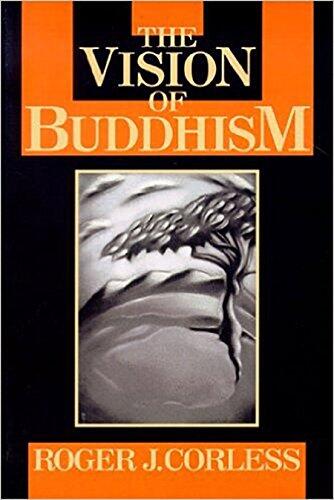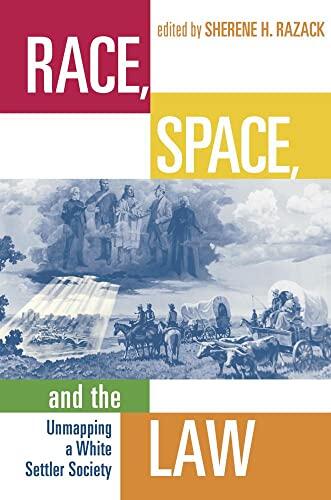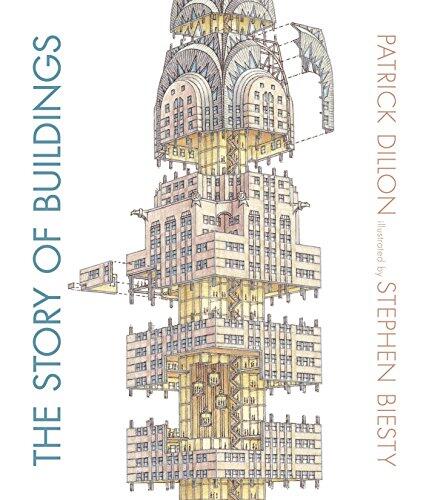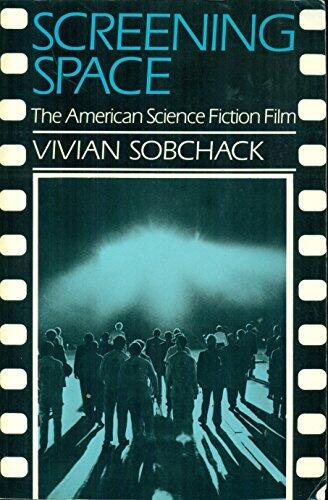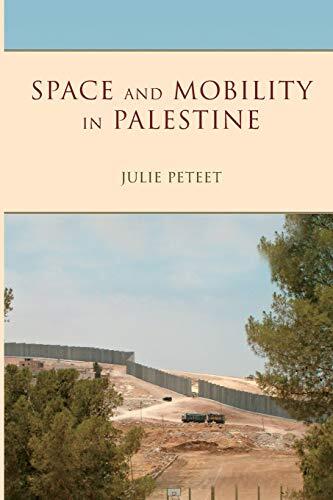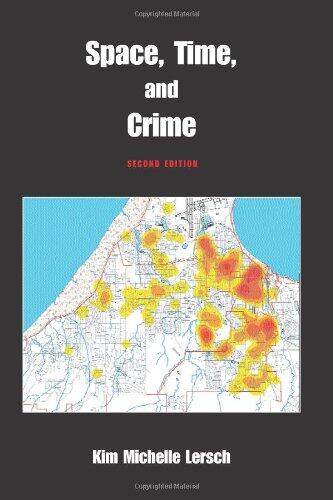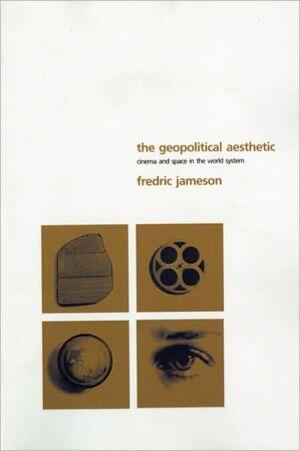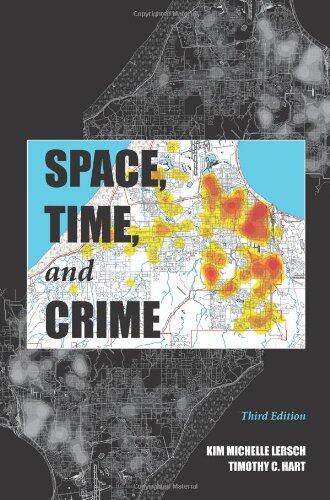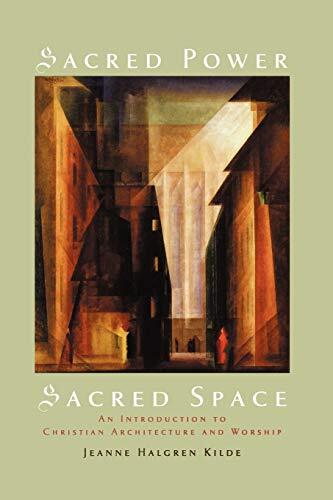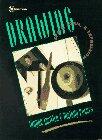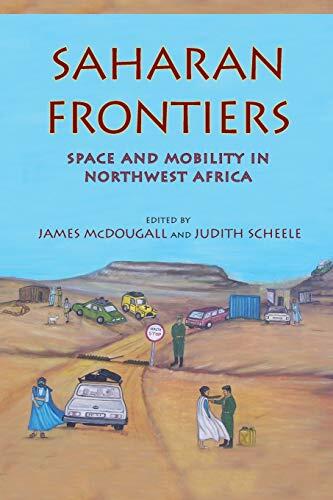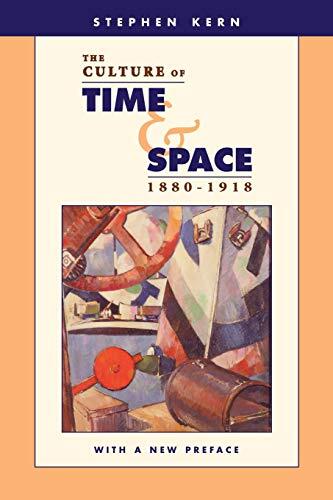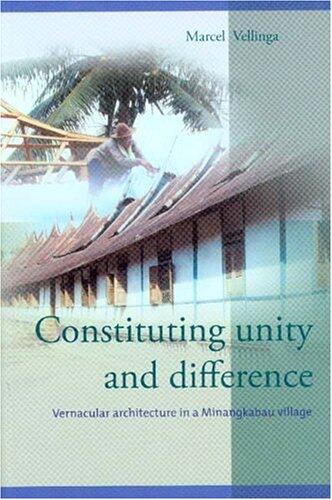
Constituting Unity and Difference: Vernacular Architecture in a Minangkabau Village
por
Marcel Vellinga
Aún sin calificaciones
History
Formato
Tapa blanda
Páginas
352
Idioma
Inglés
Publicado
Jan 1, 2004
Editorial
Kitlv Press
Edición
Illustrated
ISBN-10
9067182303
ISBN-13
9789067182300
Descripción
Marcel Vellinga explores the intricate relationship between unity and diversity in vernacular architecture within a Minangkabau village. The work, an evolution of his doctoral thesis from Leiden University, delves deep into the cultural significance of building practices that reflect the unique identity and values of the Minangkabau people. Through a meticulous analysis of architectural styles, materials, and community interactions, Vellinga uncovers how these structures serve as both physical and symbolic expressions of local traditions.
The book highlights the interplay between the environment and social structures, illustrating how architecture is not merely functional but also a vital contributor to community cohesion. Vellinga’s research offers readers a window into how vernacular homes and public spaces encapsulate the complex narrative of a society deeply rooted in matrilineal principles and communal living.
Richly illustrated and supported by a comprehensive bibliography, this work stands as a significant contribution to the understanding of regional architecture and cultural identity. It appeals not only to scholars of architecture and anthropology but also to anyone interested in the ways we construct our living spaces in relation to our cultural heritage.
The book highlights the interplay between the environment and social structures, illustrating how architecture is not merely functional but also a vital contributor to community cohesion. Vellinga’s research offers readers a window into how vernacular homes and public spaces encapsulate the complex narrative of a society deeply rooted in matrilineal principles and communal living.
Richly illustrated and supported by a comprehensive bibliography, this work stands as a significant contribution to the understanding of regional architecture and cultural identity. It appeals not only to scholars of architecture and anthropology but also to anyone interested in the ways we construct our living spaces in relation to our cultural heritage.
Reseñas
No hay reseñas aún
Sé el primero en reseñar este libro y compartir tus pensamientos
Añadir Primera ReseñaRegistro de lectura
No se encontraron registros de lectura
Empieza a rastrear tu progreso de lectura para ver los registros aquí
Agrega tu primer registro de lecturaNotas
Registro de transacciones
No se encontraron registros de transacciones
Empieza a rastrear tus transacciones de libros para ver los registros aquí
Agrega tu primer registro de transacciones

